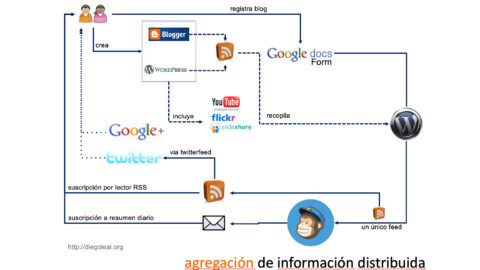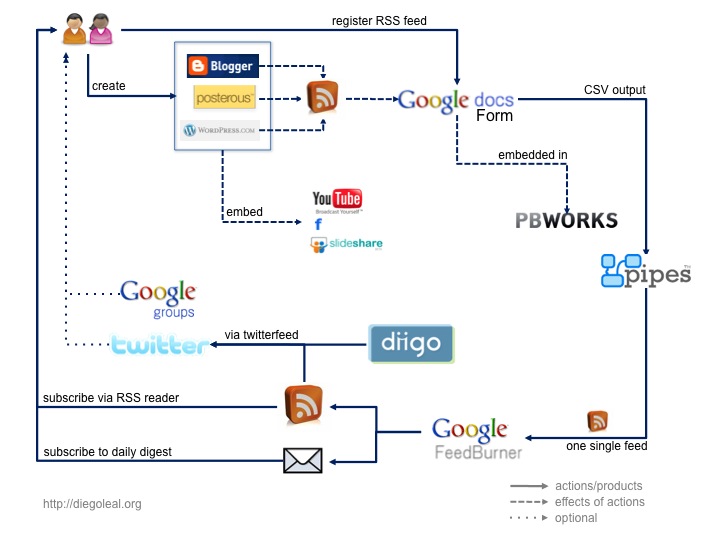According to some of the people leading in Colombia the high speed networks initiative, videoconference is the "killer application" in these networks (just like e-mail was the killer app on Internet).
Stephen Downes said in his second presentation that we really don't need something like RENATA (the Colombian High Speed Network) or Internet2, because most of the things that can be done with them can be done now with old good Internet. I agree/disagree with this opinion.
To me, the challenge is to identify which are those things we can't really do with Internet (such as the transfer of massive amounts of information) and use each tool in the best possible way. Now, even though we have Skype for audio conference, the quality available is not the best in many of our higher education institutions. After knowing a little more about how a multipoint videoconference on RENATA works, I really think we can use it to have high quality audio conferences and reasonable-quality videoconferences. This will get better as infrastructure gets better, but the thing is we can do it now (in Colombia, I mean).
The thing is that videoconference is still a very exotic technology in our academic environments, even though a webcam can be bought for just 30.000 pesos (that's about US$12). Why does this happens? If I were asked, it's because we're not used to use it.
Getting along with the e-mail comparison, it's been a long (and unfinished) process to get most of the people to use it. Slowly, we've been getting used to check e-mail periodically and making it part of our lives. We've been getting used to BE online (of course, I know this is real only for a small part of the population, but I'd like to ignore this issue for the moment). So, we are used to be online to check e-mail, but we are not that used to be online permanently (Our kids and teenagers have a lot more of experience in this area, happily). But, what does this online presence depends on? It depends on getting used to be online via MSN, Skype or any other IM service.
To make this short, I think: If it is natural for us to receive a call through Skype, just as we are used to receive it on our cell phone or our landline, maybe we'd be one step closer to see videoconference as something natural. Funny thing: for many of us, this possibility is still science fiction. Funny thing: we can do it now. Only when the process of talking to a peer of any institution turns into something as simple as double-clicking on her name on Skype and start a videoconference, we would have made of this service a normal part of our lives. Just like e-mail.




